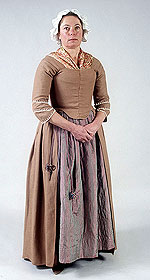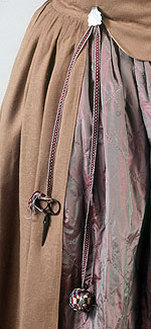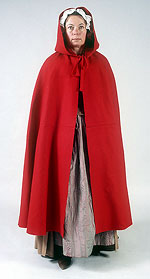Nancy Ann WHITLOW Cannon 1747–1830
Birth 18 NOV 1747 • Caswell County, North Carolina,
Death 01 JUL 1830 • Loudon County, Tennessee
grandmother of Cyntha Cannon Rogers (w. of Micajah C. Rogers) both buried in Huntsville, TX
She married John Cannon, Birth 18 MAR 1744 • Virginia, Death OCT 1806 • Grass Valley, (?) Knox, Tenn He did receive a 100 acres of land warrant as a result of serving in the Revolutionary War.
Three children are listed on "Find a Grave" site with her and their markers.
Martha Cannon Nelson (1764 - 1862)
William Cannon (1771 - 1868) (father of Cyntha Cannon Rogers)
Robert Cannon (1781 - 1854)
 |
| Photo of Irwin House, Milton, Caswell County, NC taken 1940 |
Caswell County is located right on the Virginia line, and was formed in 1777. It has today only two real towns, Yanceyville (the County Seat) and Milton.
 |
| Casswell County Courthouse, maybe built 1830 |
Nancy Cannon is buried in Steekee Cemetery, Loudon County, TN. The year she died she is on the census living with her son Robert, who has a similar headstone. On that census she is the free white female age 80-89 years old in his household in Roane, Loudon County. TN
In considering a fifth great grandmother, I often wonder how she dressed.
Revolutionary War women's clothing:
Fabrics could be simple cotton floral prints, stripes or checks; ballgowns might be made of silks or brocades, some even worked with gold or silver threads. For everything except formal wear, the apron -- practical or decorative -- was an essential part of a woman's attire, worn even to church.
Eighteenth-century women wore caps to keep their hair clean, because they rarely washed it. For going out, hairstyles required elaborate coiffures or wigs, sometimes powdered. Hats were worn atop the caps or wigs; between 1784 and 1786 alone, hat styles changed 17 times in Paris -- though with wartime shortages, that likely wasn't the case during the Revolution. Women's shoes were leather for everyday wear, trimmed with metal buckles, laces or "paste" -- costume -- jewels. Heel styles varied from flat to higher, though chunky. Instead of coats, men and women alike wore woolen capes called cloaks, hooded or not, short or long, and tied at the chin. While wealthy women often wore jewels, even a working woman might wear a miniature on a silk necklace.
As the war went on, many supporters of the Revolution avoided English imports, even wearing homespun -- which became increasingly sophisticated rather than rough -- and weaving political motifs into decorations: an eagle, for example, or heroes such as George Washington or Ben Franklin, who himself became known in European courts for wearing a fur hat. Boycotting of imported textiles was widespread.
Shift: Made of linen cloth. Worn as a night gown and a slip. Nothing was worn underneath because underwear didnt exist yet.WOmen usually had betwen 3 and 5.
Stockings: Worn on he legs and held on, under, or above the knee. Served a purpose that was alot like socks would today. Usually hand-knitted of wool or linen cloth.
Daily Garments
Outer Garments
The clothes that were being worn by women in the 1830's are possibly what Nancy would have also worn. They look as if they are of one piece.
And undergarments would help every lady have the right support!
Quote for Today:
The miracle of gratitude is that it shifts your perception to such an extent that it changes the world you see. |
DR. ROBERT HOLDEN |











No comments:
Post a Comment
Looking forward to hearing from you! If you leave your email then others with similar family trees can contact you. Just commenting falls into the blogger dark hole; I'll gladly publish what you say just don't expect responses.